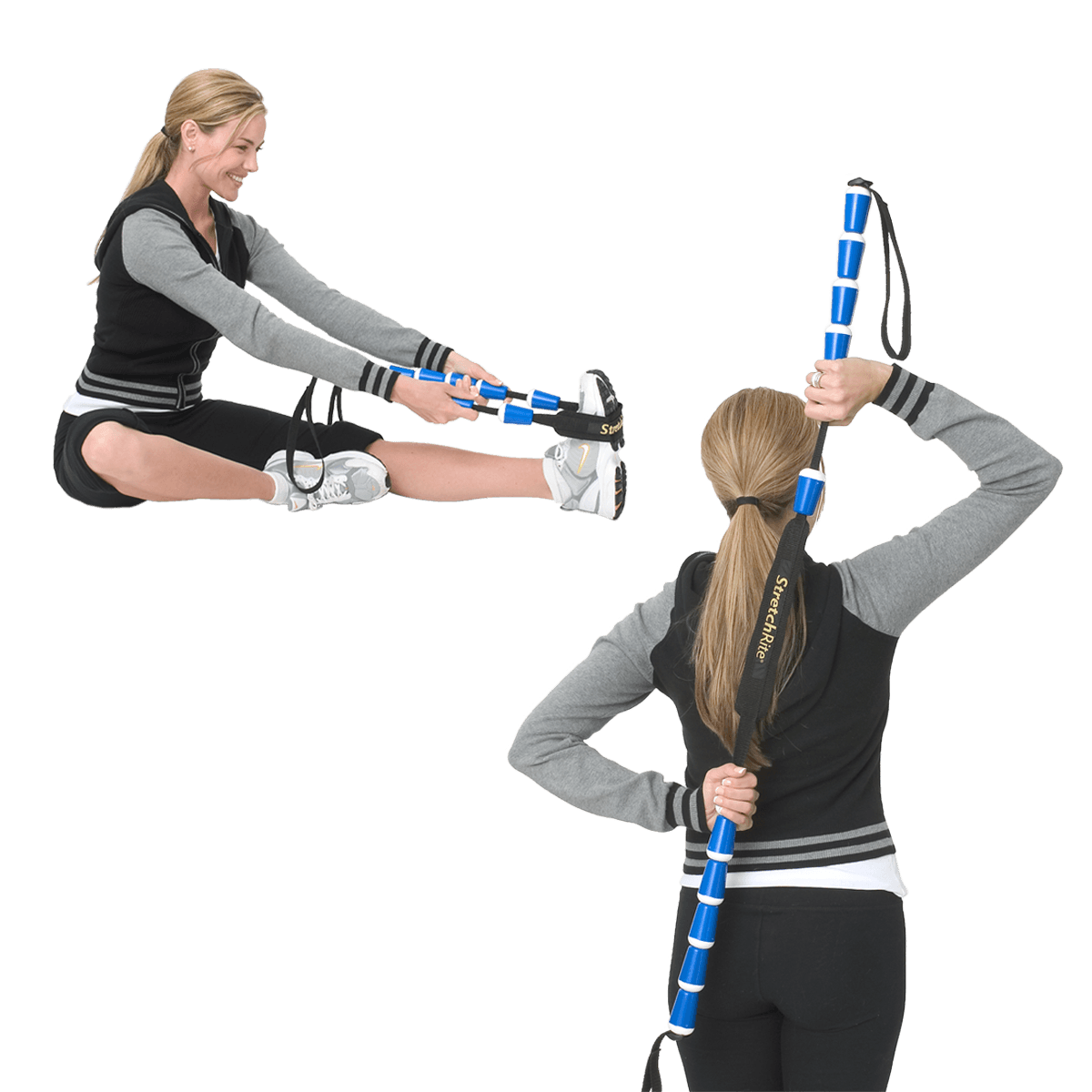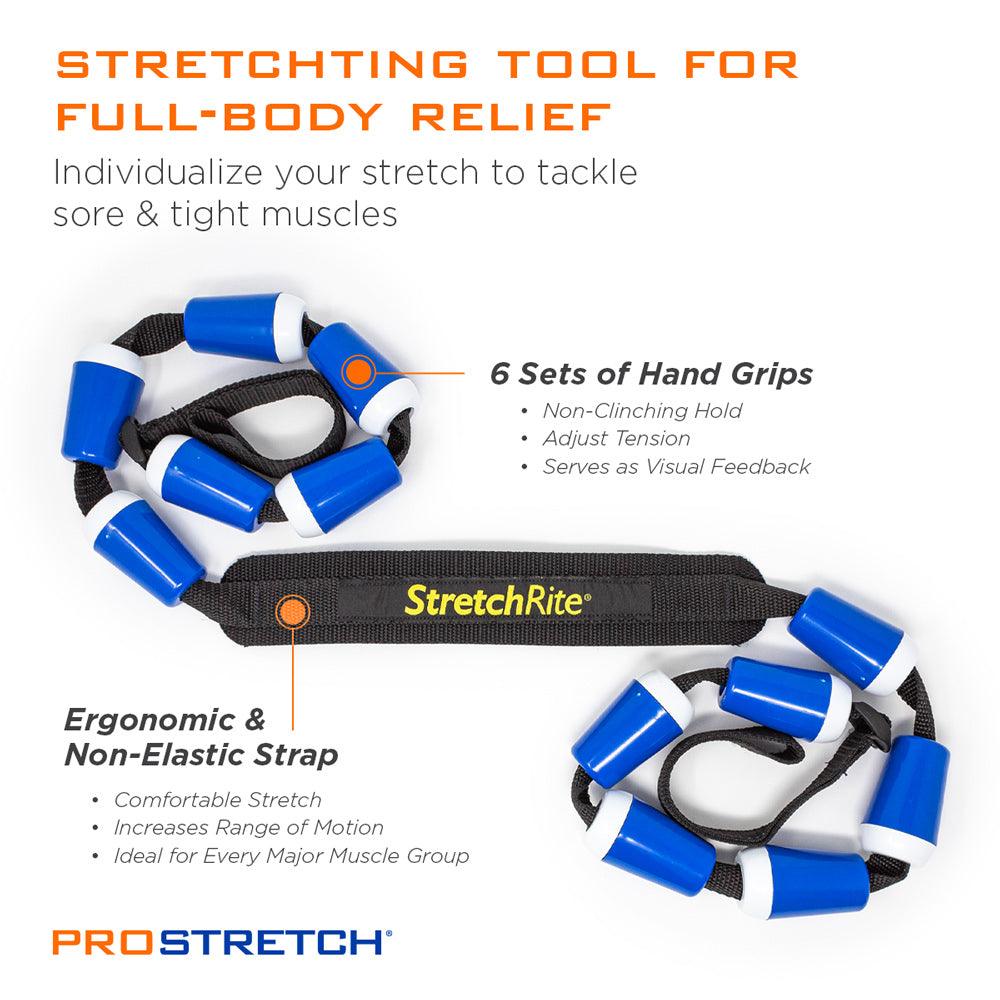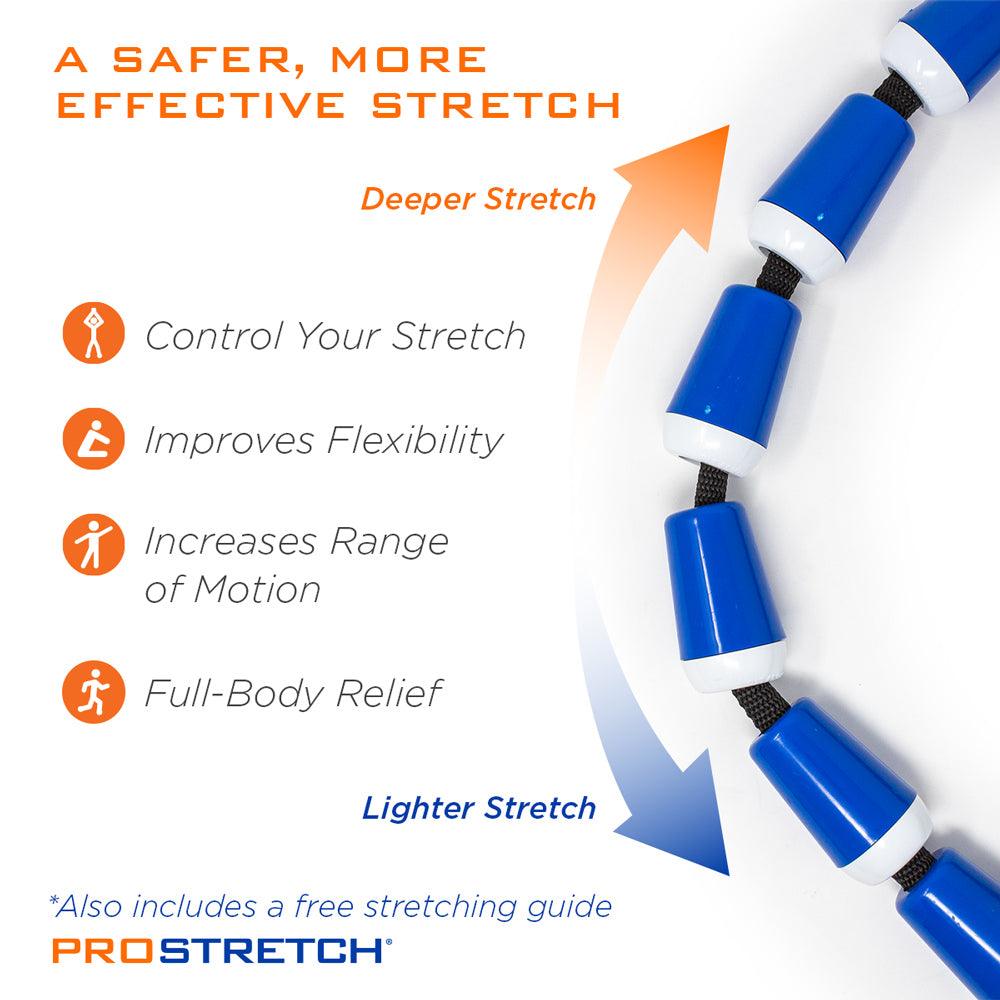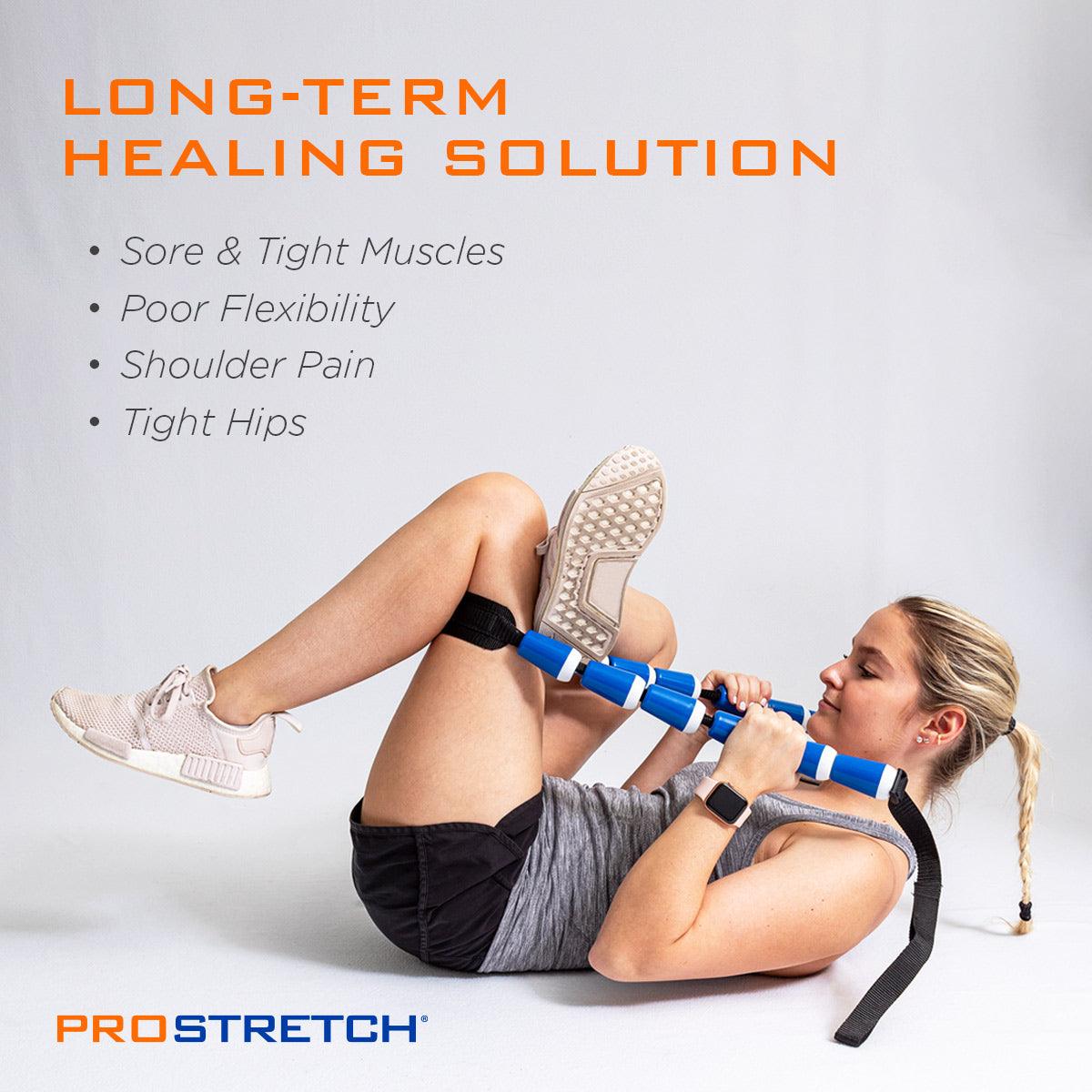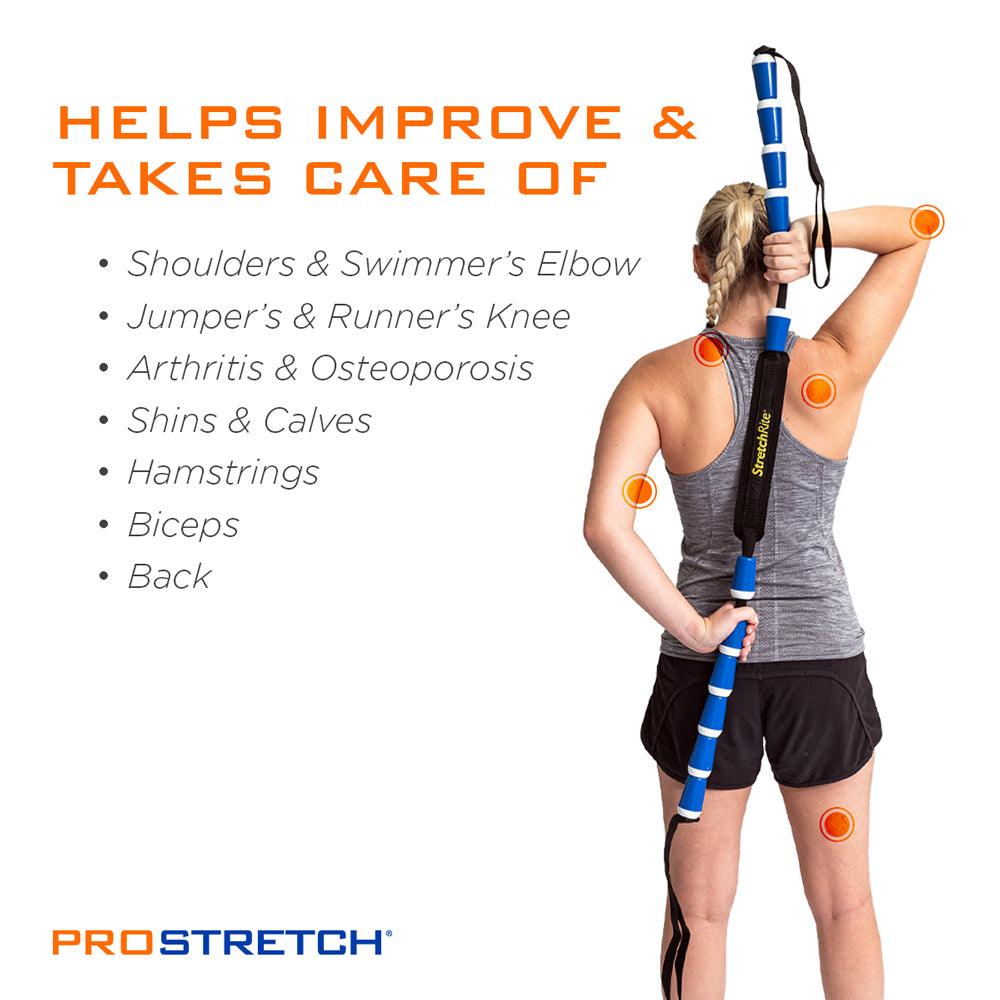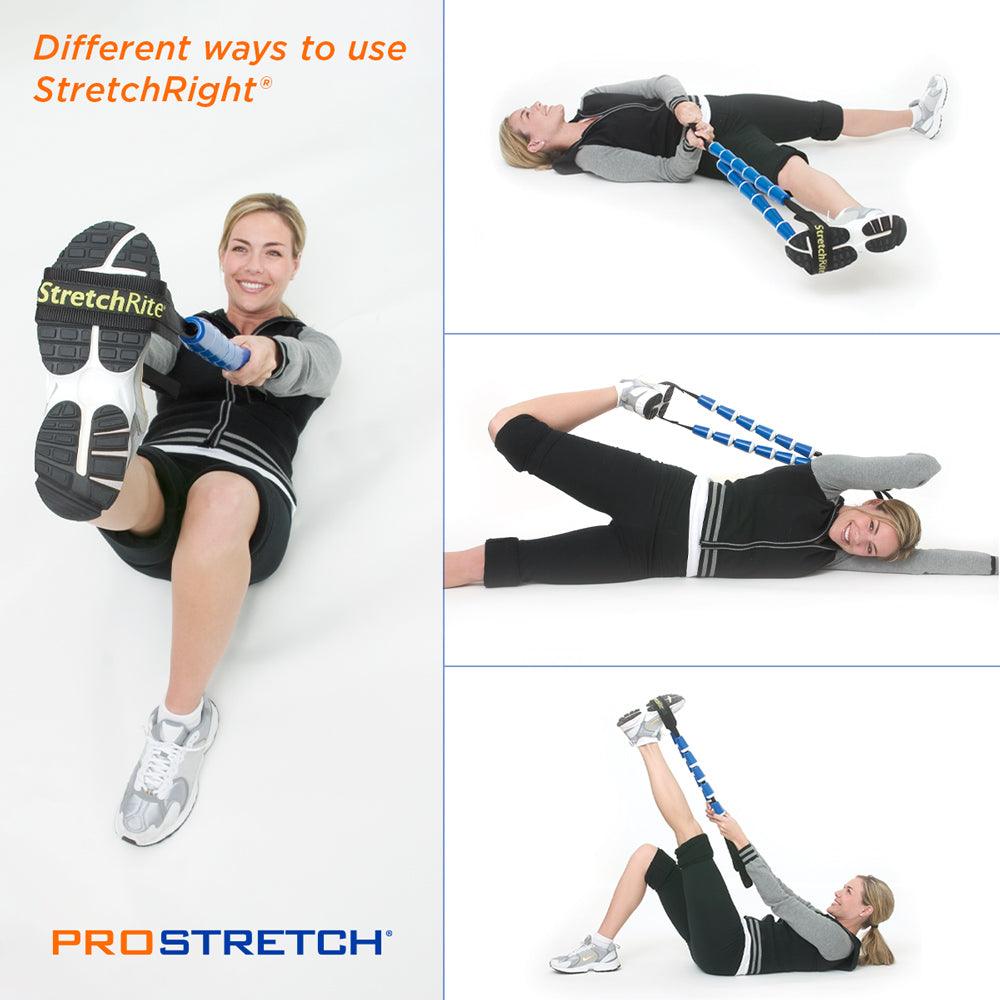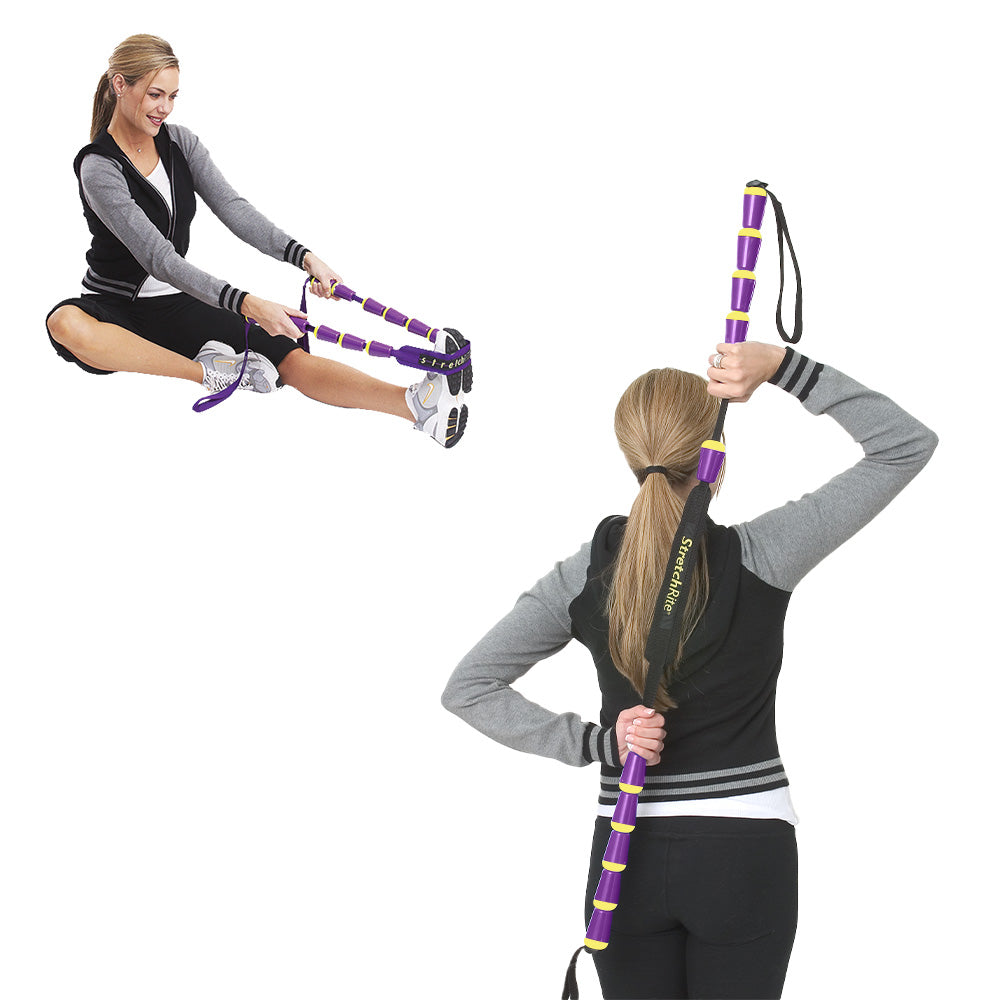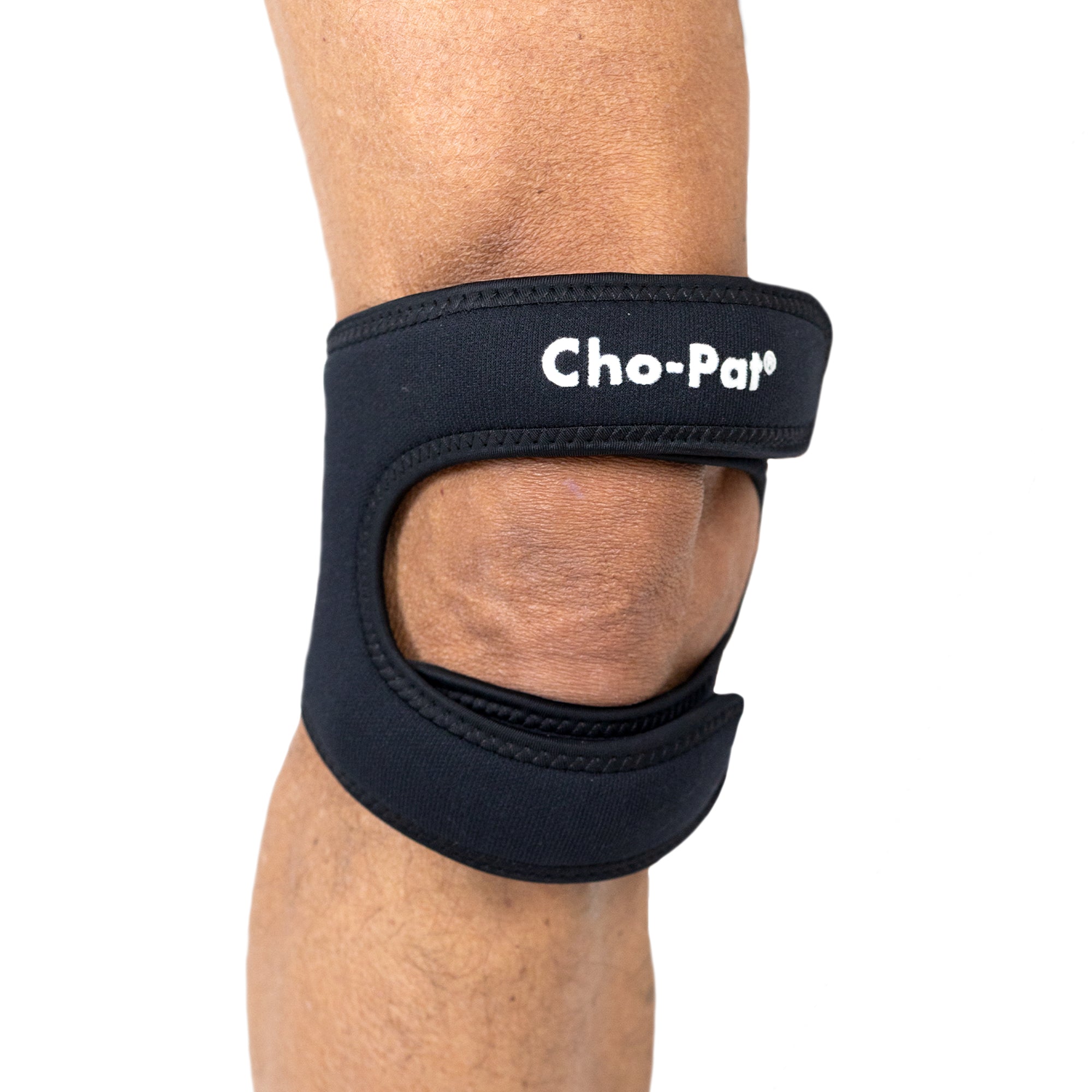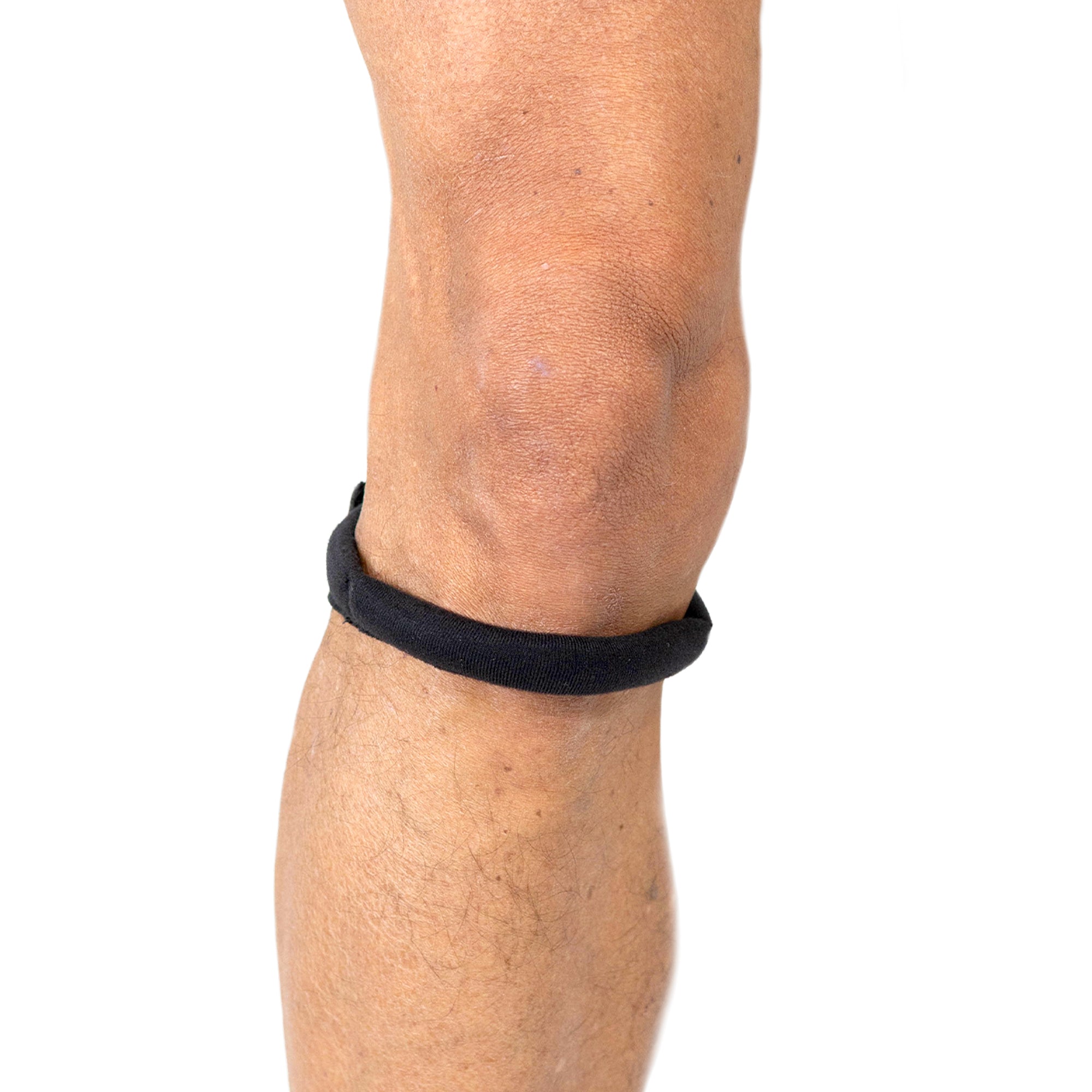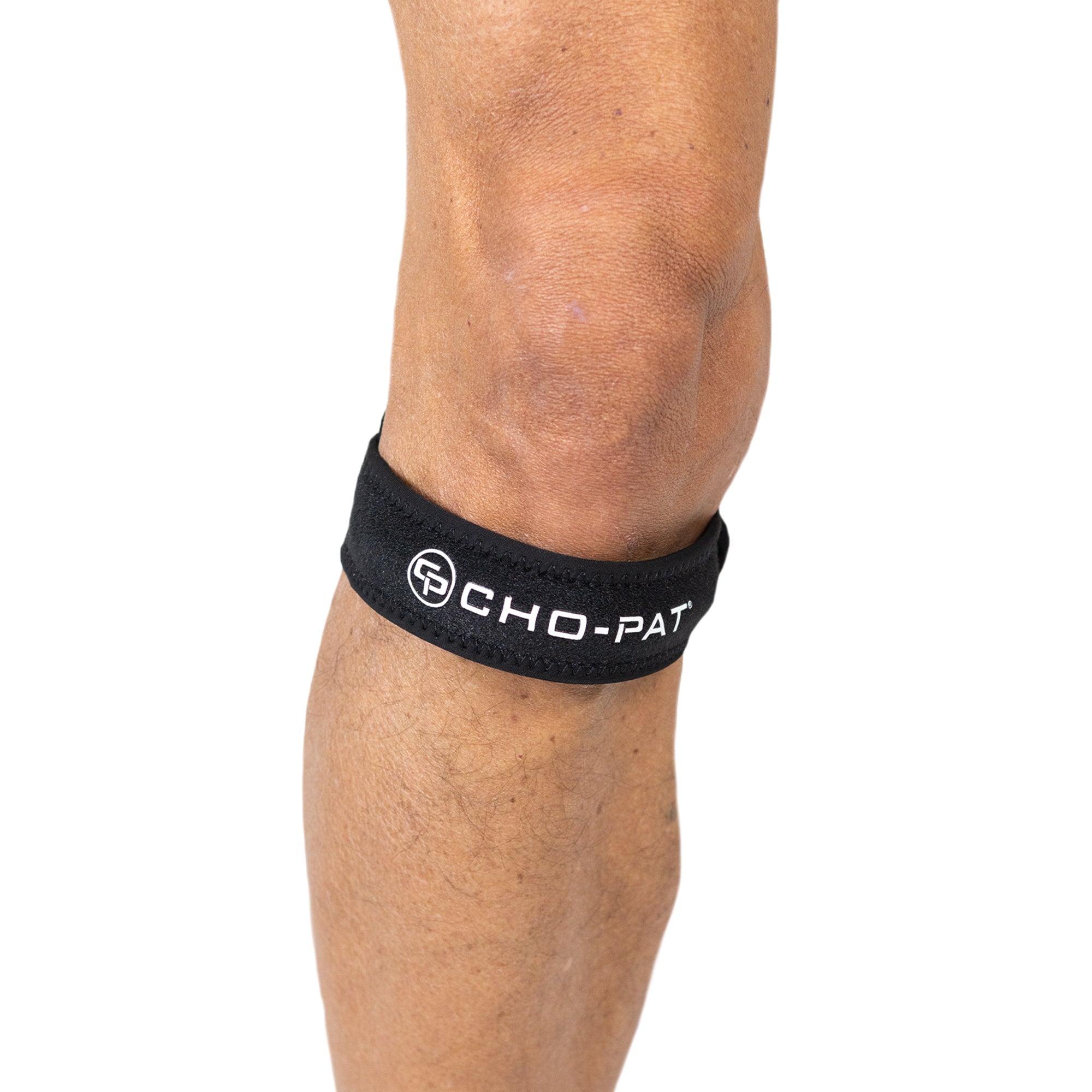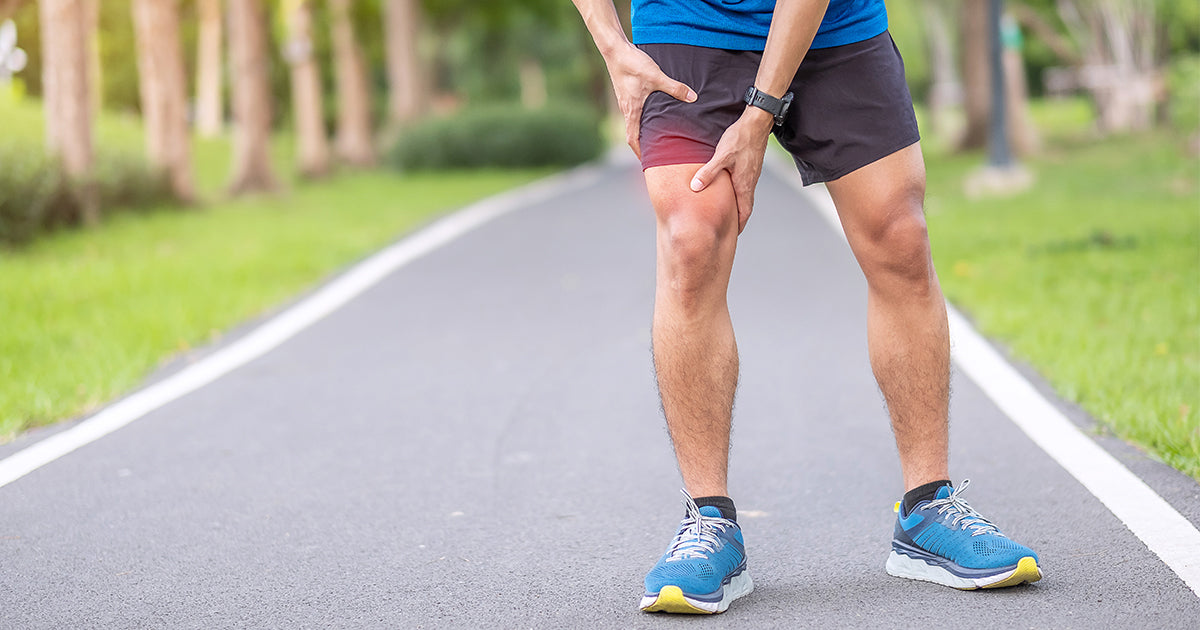Jumper's knee is a common condition that affects athletes and active individuals, causing pain and inflammation in the knee tendon that connects the kneecap to the shinbone. This condition is also known as patellar tendonitis. This overuse injury often results from repetitive stress on the knee, particularly from activities like jumping or running, leading to discomfort and stiffness that can interfere with everyday movements. Managing Jumper's knee can be challenging, but integrating stretching routines into your workout and implementing preventive strategies can effectively alleviate symptoms and lower the chances of potential injuries.
Jumper's knee can cause stiffness, swelling, and difficulty in everyday tasks. To achieve the strength and flexibility that you desire while participating in jumper’s knee exercises, it is important to wear the gear that will protect and support your injured knee. The Cho-Pat Dual Action Knee Strap has been designed to reduce stress that is placed on the knee during jumper’s knee stretches, allowing you to achieve the desired results of reduced pain and increased healing.
Jumper’s knee can limit the day to day activities that an individual can perform, and can also limit their athletic ability as well. When done properly, jumper’s knee exercises will help you to get back to better health.
Table of contents:
- Understanding Jumper's Knee Pain
- Jumper’s Knee Stretches using StretchRite Stretching Strap
- Stretching Exercises You Can Do at Home
- How to Prevent Jumper’s Knee?
Understanding Jumper's Knee Pain
Jumper's knee is a prevalent injury caused by overuse, resulting in knee pain and swelling in the tendon that connects the kneecap to shinbone. This condition also known as patellar tendonitis is commonly impacts athletes who partake in repetitive jumping, such as basketball or volleyball players, but it can also affect individuals who put strain on this tendon through activities like running. Jumper's knee can cause stiffness, swelling, and difficulty in everyday tasks.
Stretching Exercices
Jumper’s knee can limit the day to day activities that an individual can perform, and can also limit their athletic ability as well. When done properly, jumper’s knee exercises will help you to get back to better health.
Jumper’s Knee Stretches Using StretchRite®
Whether you’re learning how to prevent jumper’s knee, or if you already suffer from the condition and are looking for relief, the following are some common jumper’s knee stretches using ProSretch® StretchRite® Stretching Strap.

Shin Stretch
- Lay with your back flat against the floor and your knees bent.
- Slowly raise one foot into the air and drape the StretchRite® over the ball of the foot.
- Holding the StretchRite® with your hands on each side, push upwards with the ball of your foot.
- You should feel a good stretch along the front of your shin.

Quad Stretch
- Lay on your left side, extending the left arm above the head, and resting your head on the arm.
- Bend your right leg at the knee, as far back as you can go.
- Wrap the StretchRite® from one side of the right foot to the other and hold on to both sides of the handles with your right hand.
- Gently pull back on the handles, allowing a nice stretch in your quads.
Stretching Exercises You Can Do at Home
To help alleviate Jumper's knee pain, here is a simple list of stretching exercises that you can do at home. These exercises target the quadriceps, hamstrings, and calf muscles, which can help relieve tension around the knee joint.
Quadriceps Stretch
- Holding onto a chair or wall while standing upright, bend one knee and hold your heel to bring it towards your glutes.
- Hold your ankle with your hand, gently pulling it closer to your body.
- Push your hips slightly forward to deepen the stretch ehile keeping your knees together.
- Hold position for 20-30 seconds, then switch legs.
Hamstring Stretch
- Sit on the floor. Keep one leg extended straight in front of you and the other bent, with the foot touching your inner thigh.
- Slowly reach forward toward your toes, keeping your back straight.
- Hold the stretch position for 20-30 seconds. You should feel a gentle pull in the back of your thigh.
- Switch legs and repeat.
Calf Stretch
- Standing facing a wall, with your hands pressed against it at shoulder height.
- Step one foot back, keeping it flat on the ground, while bending your front knee.
- Lean forward until slightly feeling a stretch in the calf of your back leg.
- Hold for 20-30 seconds, then switch legs.
IT Band Stretch
- Stand with your legs crossed, with the leg you want to stretch behind the other.
- Reach your opposite arm overhead and gently lean to the side, away from the back leg.
- Hold for 20-30 seconds, feeling a stretch along the outer thigh.
- Switch sides and repeat.
How to Prevent Jumper’s Knee?
Knowing how to prevent jumper’s knee can help you avoid a lot of pain and suffering. When you feel the initial pain during sports or other activities, stop what you are doing and ice the knee and surrounding area. Trying to play through the pain will only make the injury worse.
Participate in strengthening and flexibility exercises, such as those with the StretchRite®, to make the area more able to resist injury. In addition, do jumper’s knee stretches before and after you workout to make the muscles and tendons warm so they won’t tear.
Conclusion
Incorporating these stretching routines and preventive steps into your daily practice can lessen the likelihood of experiencing Jumper's knee while maintaining the health and pain-free condition of your knees. If you're dealing with weaker knees, check out these strength exercises for weak knees.
PLEASE NOTE: The information on this website and article is for information only and should not be used as a substitute for consulting your doctor. Consult your doctor for proper diagnosis and rehabilitation.





